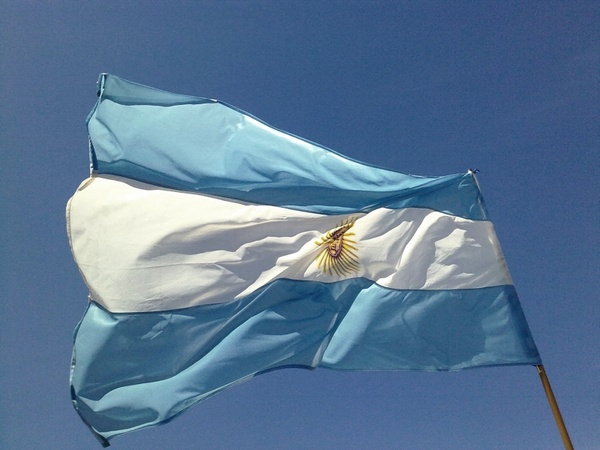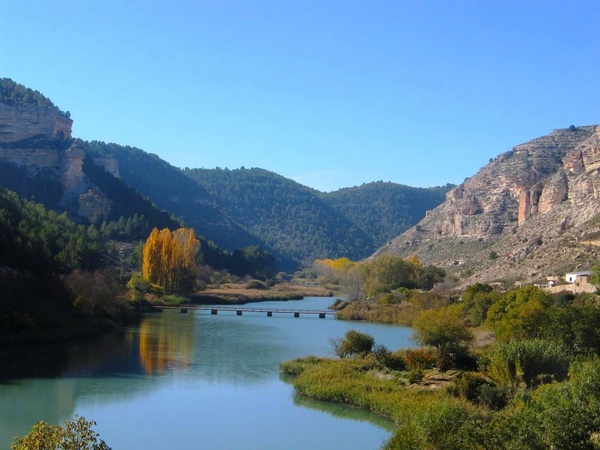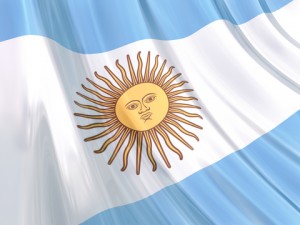
by Lorri | Mar 7, 2018 | UnCorked
Malbec grapes may be an unfamiliar to some, but it is gaining attention from wine drinkers. And for good reason, in addition to its remarkable depth and flavor of complexity, malbec makes up some of the best value bottles under $25 in the world.
In the past, malbec was primarily a blending partner, adding its spicy flavor to Bordeaux blends. But today it is being made into incredible single-varietal wines.
Although malbec is traditionally a French grape, Argentina is the country to credit for bringing this grape to the world’s attention.
Malbec’s transformation from French blending grape to the signature wine of Argentina began in the mid-19th-century when French agronomist Michel Pouget planted the first malbec vines — at the request of future Argentine president Domingo Faustina Sarmiento and Mendoza governor Pascual Pedro Segura. In the hot, high elevation of Mendoza malbec thrived, with none of its past weaknesses of disease and rot susceptibility that plagued it in French regions.
Mendoza sits on a high flat plain next to the Andes Mountains. This location near the mountains acts as a rain shadow, giving the area an average annual rainfall of fewer than 10 inches. Melting snow from the Andes feeds a unique and vast network of irrigation channels. The dry sunny climate allows the grapes a near ideal growing climate and flat land makes for a less costly mechanization of vineyard practices and harvesting for producers.
Malbec’s most significant characteristic is its intense dark color. Its aromas evoke cherries, strawberries or plums and sometimes cooked fruit — depending on when the grapes were harvested. Its taste is soft with nonaggressive tannin structure. When it is aged in oak it develops coffee, vanilla and chocolate aromas.
THE VALUES
- 2015 Pascual Toso Malbec, Argentina (about $13 retail)
- 2015 King Mendoza Malbec, Argentina (about $13 retail)
- 2015 Llama Old Vine Malbec, Argentina (about $15 retail)
- 2015 Bodega Norton Malbec, Argentina (about $11 retail)
- 2015 Don Miguel Gascon Malbec, Argentina (about $15 retail)
THE SPLURGE
- 2015 Felino Malbec, Argentina (about $23 retail)
- 2015 Antigal Uno Malbec, Argentina (about $18 retail)
- 2015 Corazon del Sol Malbec, Argentina (about $25 retail)
- 2014 Swinto Old Vine Malbec, Argentina (about $40 retail)

by Lorri | Oct 12, 2016 | UnCorked
Argentina and Chile are a couple of countries to keep an eye on for satisfying the world’s thirst for value-priced wines. Both countries boast natural resources and near-perfect climatic conditions envied by growers around the world. In terms of production, Argentina is fifth and Chile is ninth.
The two countries are hardly new to the wine scene, but the international acclaim for them may be.
Argentina boasts a rich cultural legacy in relation to wine, with more than 400 years of history building on the traditions of New and Old World wines. In addition to this history, Argentina has a unique location offering a distinction in viticulture, with its altitude creating many microclimates. Another asset to viticulture is the soil’s low fertility. (Unlike many other food crops, grape vines produce better fruit when the roots have to struggle to find the nutrients they need.) Very little of the world’s soil is as young and nutrient-deprived as Argentina’s and, adding to this, the purity of the water makes it a viticulture paradise.
Chile offers the same in its unique viticulture identity. The first vines were planted in Chile in the 1550s. The country’s geographic barriers — the Atacama Desert to the north, the Andes Mountains to the east, the Patagonian ice fields to the south and the Pacific Ocean to the west — make Chile an authentic agricultural island. The combination of beneficial natural barriers and a Mediterranean-like climate makes an ideal situation for organic grape growing. While some labels don’t say so, some of the largest organic vineyards in the world are found in Chile.
I recently was honored to be included in a tasting showing off these Argentina and Chile fine wine and its continued greatness.
THE VALUES
- NV Pascual Toso Brut, Argentina (about $12 retail)
- 2014 Pascual Toso Malbec Mendoza, Argentina (about $15 retail)
- 2015 Santa Ema Select Terroir Sauvignon Blanc, Chile (about $11 retail)
- 2014 Santa Ema Select Terroir Chardonnay, Chile (about $11 retail)
- 2015 Norton Malbec LuJan De Cuyo, Argentina (about $11 retail)
- 2014 King Malbec, Argentina (about $13 retail)
THE SPLURGES
- 2015 Montes Spring Harvest Sauvignon Blanc, Chile (about $16 retail)
- 2015 Montes Cherub Rose of Syrah, Chile (about $17 retail)
- 2013 Santa Ema Reserve Merlot Maipo Valley, Chile (about $16 retail)
- 2013 Montes Twins Red Blend, Chile (about $16 retail)
- 2013 Kaiken Reserva Cabernet Sauvignon Agrelo Vineyard, Argentina (about $20 retail)
- 2013 Kaiken Ultra Cabernet Sauvignon, Argentina (about $16 retail)
by Lorri | Jul 14, 2010 | UnCorked
 If any country can satisfy the world’s thirst for value-priced red wines, it’s Argentina.
If any country can satisfy the world’s thirst for value-priced red wines, it’s Argentina.
One of the world’s top five wine producing nations, most of its wine had traditionally been consumed by Argentinians. But the consumption rate has been falling since the 1970s when the nation’s younger generations discovered soft drinks and designer beers. Subsequently, many Argentine wineries are focusing on exports.
The country’s climate and topography is considered nearly perfect for growing grapes. The wineries are in the western part of the country stretching from the northern border down to La Pampa and Rio Negro, generally following the Andes and its foothills.
In the lower elevations, conditions are hot and dry, which is ideal for making red wines. The higher elevations provide warm, sunny days and cool nights, excellent for producing white wines.
Argentina’s climate has been described as “refrigerated sunshine.” Rainfall is modest in most regions, making irrigation vital, but snowmelt from the mountains is channeled to the vineyards and provides ample water in the growing season. Argentina continues to add quality wine with exceptional value to the international market, and the land-rich nation with the perfect climate still hasn’t reached its peak.
THE VALUES
- 2007 Kaiken Malbec, Argentina (about $14 retail)
- 2007 La Linda Bonarda, Argentina (about $10 retail)
- 2008 Trapiche Malbec, Argentina (about $10 retail)
THE SPLURGES
- 2007 Luigi Bosca Reserva Malbec, Argentina (about $18 retail)
- 2008 Dona Paula Estate Malbec, Argentina (about $20 retail)


 If any country can satisfy the world’s thirst for value-priced red wines, it’s Argentina.
If any country can satisfy the world’s thirst for value-priced red wines, it’s Argentina.